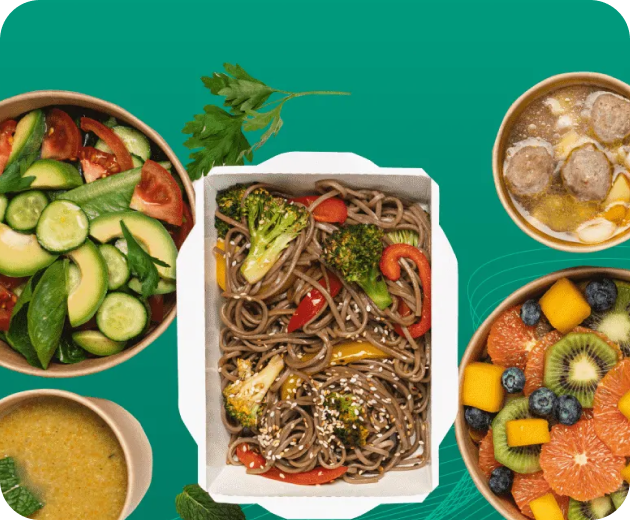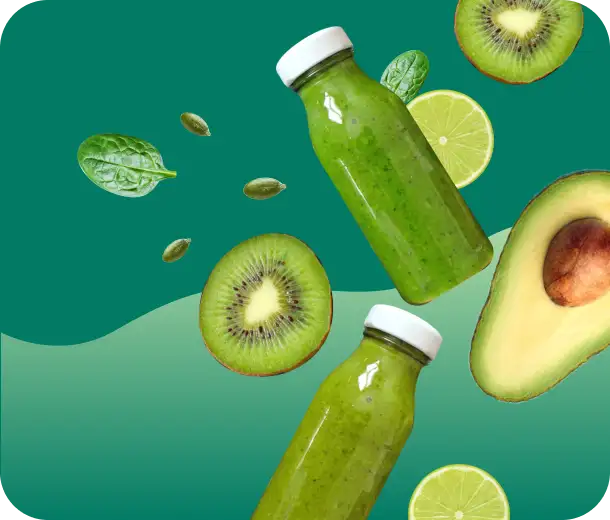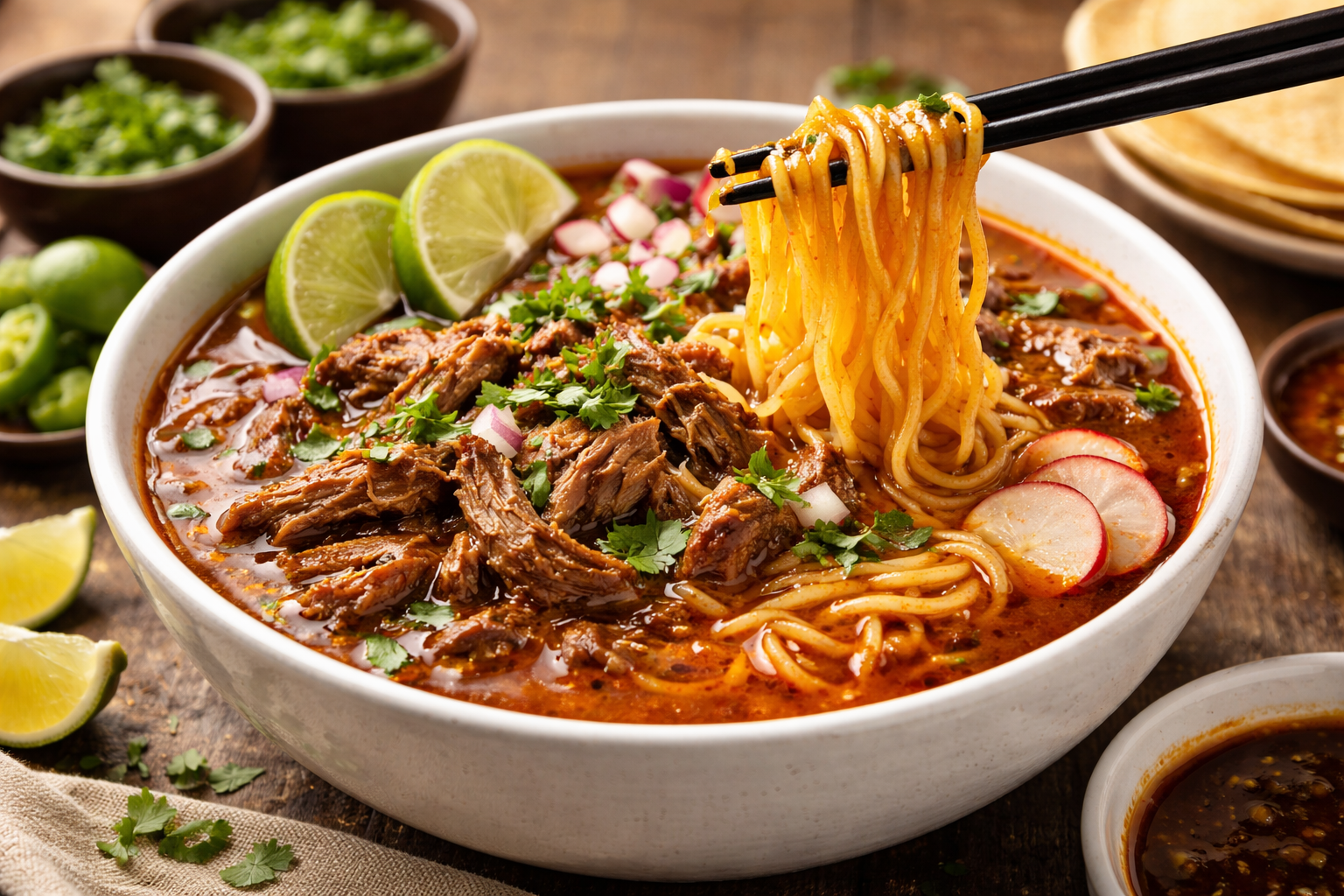7 Food Marketing Examples for Today’s Savvy Consumer
Food marketing examples are a great way to learn about the current landscape of marketing and advertising in the food industry.
With constantly evolving consumer needs and preferences, it is important for food brands to stay ahead of the game in order to stay relevant and competitive.
This article will explore food marketing examples that showcase how brands are adapting to the changing dynamics of today’s savvy consumer.
What is Food Marketing?
In essence, food marketing is the bridge between your delicious creations and the discerning palates of your target audience.
It encompasses all activities that influence consumer purchasing decisions, from product development to post-purchase engagement.
Understanding consumer preferences is key to successful food marketing. Companies use data and research to understand what people are looking for in food products and tailor their marketing strategies accordingly.
The food marketing industry is constantly evolving, with new trends emerging all the time. Today, digital marketing plays a major role, with companies using social media and online advertising to reach consumers.
The Food Marketing Industry in a Nutshell
The food and beverage industry is a titan. The global food market is set to reach a value of US$11.78 trillion by 2028, fueled by a projected 6.58% growth between 2024 and 2028, according to Statistica. Yet, within this vast landscape, competition is fierce.
To capture a loyal consumer base, food marketing strategies are more crucial than ever. That is why many brands are pushing the boundaries of creativity and innovation to stand out in a crowded market.
A Smorgasbord of Food Marketing Examples
Food marketing is a multi-course meal, served across various channels. Let’s look at some real-life food marketing examples.
1. Packaging
It’s more than just a pretty face. Consider M&M’s. Their colorful packaging, featuring playful characters, instantly grabs attention on shelves and evokes feelings of nostalgia, making them stand out in the candy aisle.
2. Traditional advertising
One of the best food marketing examples is the iconic Campbell’s Soup commercials featuring children proclaiming, “Mmm, Mmm, Good!” are a prime example of how traditional advertising can create lasting brand recognition and positive associations.
3. Digital marketing
Oreo is a master of social media marketing. Their playful and witty tweets and Instagram posts featuring the iconic cookie keep the brand relevant and engaging with a younger audience.
4. Public relations (PR)
Chipotle’s commitment to sustainable sourcing practices and local farms is well-known, thanks to their PR efforts. This focus on social responsibility resonates with environmentally conscious consumers.
5. Sustainability
As consumers become more environmentally conscious, they are seeking out food brands that align with their values and prioritize sustainability.
This has led to a rise in eco-friendly packaging, transparent sourcing practices, and initiatives to reduce food waste.
Brands that can demonstrate their commitment to sustainability not only appeal to consumers’ ethical concerns but also differentiate themselves from competitors.
6. Experiential marketing
Pop-up restaurants and interactive events like chocolate tastings or cheese pairings allow consumers to connect with brands on a deeper level.
For instance, the annual Baconfest events held across the US offer attendees a unique and delicious way to experience bacon-inspired cuisine.
7. Storytelling
With so many options available to consumers, food brands need to stand out by telling compelling stories that resonate with their target audience.
Consumers today want more than just a product; they want to connect with the values and mission behind the brand.
By sharing authentic stories about how their products are made or the impact they have on society, food brands can create a deeper emotional connection with their consumers.
Fast food marketing examples
Fast food marketing is a high-octane game, all about speed, convenience, and value. Here’s a glimpse into their playbook with real-world examples:
- Limited-Time Offers (LTOs): McDonald’s McRib sandwich is a classic LTO. The sandwich’s periodic return creates a sense of anticipation and excitement, driving customers to restaurants before it disappears again.
- Value Meals and Bundles: Taco Bell’s value menus are a go-to for budget-conscious consumers. These combinations offer a satisfying meal at an affordable price point.
- Mobile Apps: Domino’s mobile app revolutionized the fast-food ordering experience. Users can easily customize and order their pizzas for convenient delivery or pickup.
- Social Media Engagement: Wendy’s is famous for its sassy and humorous tweets that often go viral. This engaging social media presence keeps the brand relevant and in the conversation with younger demographics.
Data-Driven Marketing with Tastewise
Successful food marketing strategies rely on a deep understanding of consumer preferences. This is where Tastewise, a powerful Consumer Data Platform (CDP) equipped with GenAI, empowers you to stay ahead of the curve.
GenAI, Tastewise’s AI engine, analyzes vast amounts of consumer data. Imagine surveying millions of potential customers swiftly, pinpointing emerging trends like the growing demand for plant-based meat alternatives, and strategically positioning your brand for success.
With Tastewise, you can launch precise CPG marketing and fast food marketing campaigns, execute flawlessly, and innovate risk-free, ensuring your food offerings hit the sweet spot with your target audience.
FAQs
Partnering with food bloggers, social media personalities, or even chefs can be a powerful tool.
Choose influencers who align with your brand image and target audience. Collaborate on sponsored content that showcases your product genuinely and engagingly.
Absolutely! Interactive packaging with games or augmented reality experiences can grab attention and boost engagement.
Consider using QR codes that link to recipes or special offers. Sustainable packaging that reflects your brand’s commitment to the environment can also resonate with consumers.
By analyzing purchasing habits and preferences, CPG companies can tailor their marketing messages. Imagine sending recipe suggestions based on a customer’s past purchases, or offering targeted discounts on products they frequently buy. This level of personalization can foster brand loyalty.
Conclusion
The food industry is a dynamic ecosystem, and successful food marketing requires constant adaptation. By understanding the various channels and strategies available, along with real-world examples for each, and harnessing the power of data through platforms like Tastewise, food, and beverage brands can ensure they stay at the forefront of consumer preferences.




